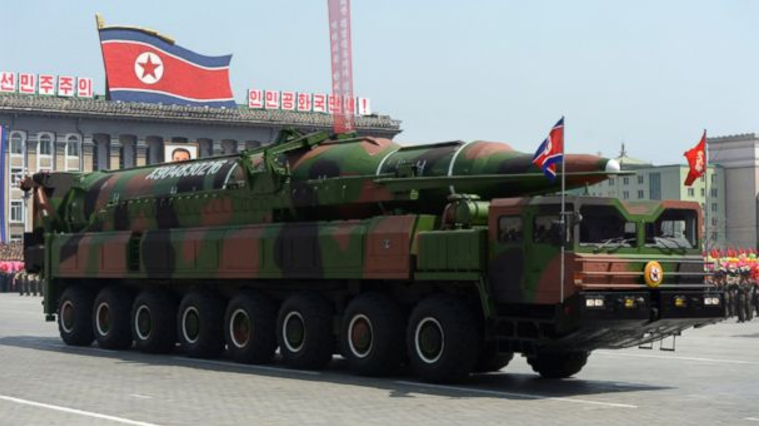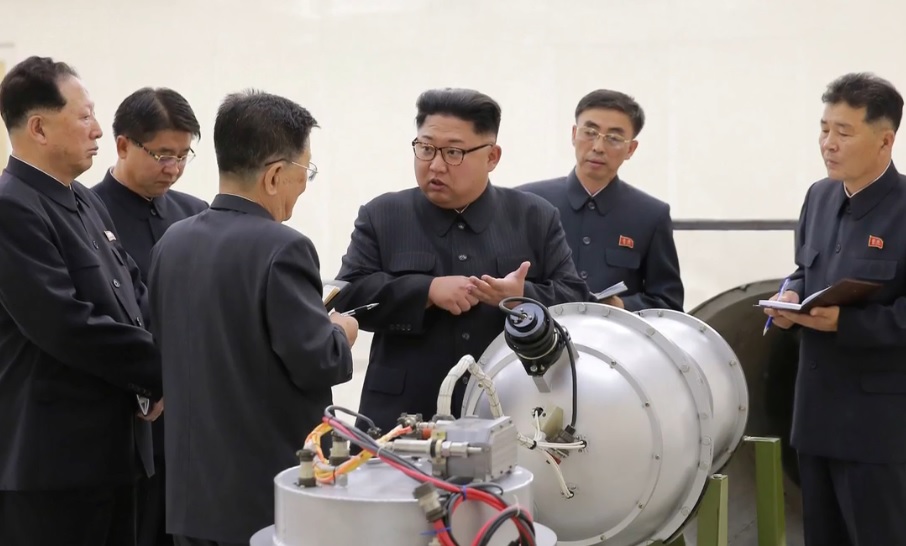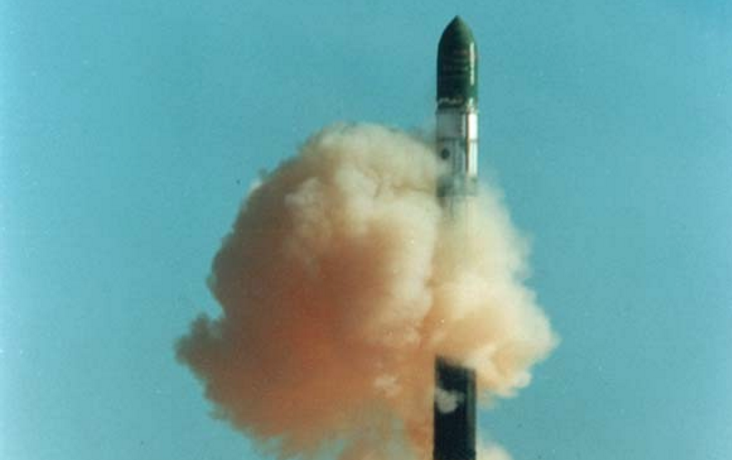U.S. no longer at forefront of EMP weapons, potentially endagering the lives of 90 percent of Americans
12/08/2015 / By Chris Draper

The U.S. is no longer at the forefront of electromagnetic weapons — that is, at least according to a new report by the Center for Strategic and Budgetary Assessments (CSBA), which says these weapons are “one of the most critical operational domains in modern warfare.”
Electromagnetic warfare consists of using an electromagnetic pulse (EMP) to destroy electrical systems without the collateral damage that accompanies conventional firepower. While an EMP bomb doesn’t sound as devastating as a nuclear bomb, even a small attack in a specific location, like Wall Street, would have reverberations that could last for decades. In the event of an EMP attack, planes would have to make unscheduled landings and the economic damage would be beyond calculation. In a worst-case scenario, an EMP strike against the country’s technology could even kill about 90 percent of the American population. [1]
U.S. fails to keep pace with EMP
According to the report, the Department of Defense has failed to “keep pace” with EMP warfare capabilities over the last generation. America failed to invest in EMP technology following the Cold War, which enabled China, Russia and other rivals to target vulnerabilities in communication networks the U.S. military now relies on.
“In the same way that smartphones and the Internet are redefining how the world shares, shops, learns, and works, the development and fielding of advanced sensors and networking technologies will enable militaries to gain significant new advantages over competitors that fail to keep pace,” said the report.[2]
John McAfee, an anti-virus software magnate currently running for president, wrote in a blog for International Business Times, “Experts agree that an all out cyber attack, beginning with an EMP (electromagnetic pulse) attack on our electronic infrastructure, would wipe out 90% of the human population of this country within two years of the attack.”[2]
McAfee didn’t derive his 90 percent casualty estimate through his own calculations. Rather, it was brought to Congress’s attention during a 2014 hearing by Peter Vincent Pry, executive director of the Task Force on National and Homeland Security and a former CIA nuclear-weapons analyst. Pry claimed just one EMP bomb could pose an existential threat, which could kill 9 out of 10 Americans. Even more alarming, North Korea has been trying to create these weapons for years.[2]
EMP attacks are already happening around the globe
EMP attacks aren’t just a possibility, however — they’re already happening. In May 2012, for example, the Korea Herald reported that the GPS in over 500 aircrafts flying over South Korea’s Incheon and Gimpo airports quit working. The EMP attack was traced back to the North Korean city of Kaesong, nearly 50 kilometers north of Incheon. Authorities suspect the attack was intended to create a glitch in South Korea’s highly digital society.[3]
The CSBA report includes both large and small attacks, such as stealthy methods intended to interfere with rival computer systems. The U.S. military is now highly dependent on computers. The institute compares the computerization of the military with the revolution the Internet and smartphones bestowed upon the private sector.
Reinstating the U.S. at the forefront of EMP technology
The report highlighted the shortcomings of America’s EMP strategy, including the price of updating technology used by the military, regulations imposed by the civilian government and the difficulty of estimating how much energy the U.S. uses overseas against rivals with a home field advantage.
Fortunately, it is still possible for the U.S. to change its EMP strategy for the better. American computers can churn a network of sensors with a modicum of data, which can create pictures of enemy activity.
Furthermore, the U.S. ought to be able to produce sufficient measures and countermeasures, which can identify and prevent EMP weapons in real time. In some cases, it’s better to leave enemy systems functioning and feed them false data. In other cases, it’s better to attack and stop enemy sensors and communications dead in their tracks.[1]
“In conclusion, the U.S. military gained significant advantages over its enemies in two previous shifts in the EMP competition: with radar and active countermeasures during World War II and with stealth technologies in the final years of the Cold War,” the report reads. “By adopting a new approach to EMP warfare and developing low-to-no power operational concepts and capabilities, the U.S. military could once again gain a significant edge over its future opponents.”[2]
Sources include:
[1] Breitbart.com
[2] DailyMail.co.uk
Submit a correction >>
Tagged Under:
China, electromagnetic pulse, EMP attack, EMPattack, Russia
This article may contain statements that reflect the opinion of the author
RECENT NEWS & ARTICLES
COPYRIGHT © 2022 EMPweapons.news
All content posted on this site is protected under Free Speech. EMPweapons.news is not responsible for content written by contributing authors. The information on this site is provided for educational and entertainment purposes only. It is not intended as a substitute for professional advice of any kind. EMPweapons.news assumes no responsibility for the use or misuse of this material. All trademarks, registered trademarks and service marks mentioned on this site are the property of their respective owners.














